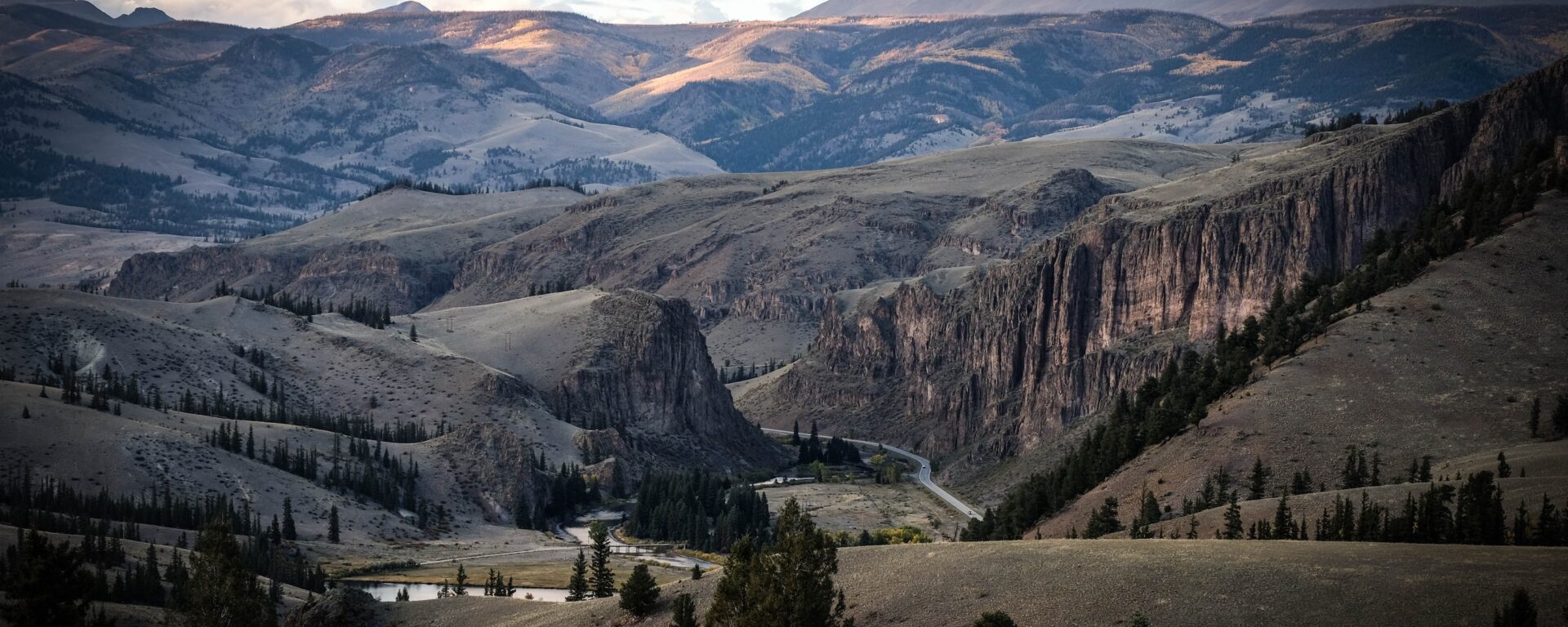The Rio Grande/Rio Bravo River is the key geographical feature connecting communities from the alpine in Colorado to coastal Texas, and users of the across the basin experience similar and different challenges in both livelihoods and conservation management. This webinar highlighted three regions of the basin—the headwaters in the San Luis Valley of Colorado, the Middle Rio Grande in New Mexico, and the bordering sister-cities of Laredo, Texas and Nuevo Laredo, Tamaulipas—whose communities rely on the river for a variety of economical, ecological, social, and cultural uses. Panelists explored each region’s unique connections to the river, as well as to the greater basin, to show how the river is a connector of social and ecological systems that faces many challenges, as well as an array of opportunities.
This free webinar is a lead-in event to the Center’s Symposium on Conservation Impact in October 2022, which will focus on transboundary conservation in the US-Mexico border region. Learn more and register for the symposium.
Alan Hamilton, Founder, Rio Grande Return
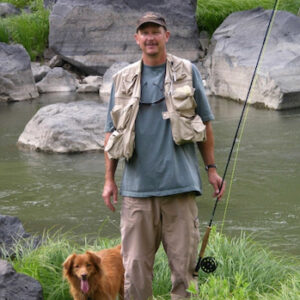 Alan has spent his career in the Middle Rio Grande working to find interdisciplinary connections that bring new perspectives and possibilities to difficult situations. He has been writing and lecturing on the link between environmental degradation and cultural depression and the notion that mental health and environmental health are one and the same. Learn more about Alan.
Alan has spent his career in the Middle Rio Grande working to find interdisciplinary connections that bring new perspectives and possibilities to difficult situations. He has been writing and lecturing on the link between environmental degradation and cultural depression and the notion that mental health and environmental health are one and the same. Learn more about Alan.
Armando Valdez, State Director of Colorado, USDA Rural Development
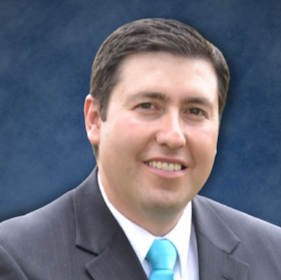 A native of the San Luis Valley, Armando was raised on a farm and ranch near Capulin, Colorado. Most recently, Valdez worked as an Assistant Professor of Management and the Director of the Health Care Administration Program in the School of Business at Adams State University, and he currently serves as a member of the Colorado State University System Board of Governors. Learn more about Armando.
A native of the San Luis Valley, Armando was raised on a farm and ranch near Capulin, Colorado. Most recently, Valdez worked as an Assistant Professor of Management and the Director of the Health Care Administration Program in the School of Business at Adams State University, and he currently serves as a member of the Colorado State University System Board of Governors. Learn more about Armando.
Barbara Warren, Architect, Overland Partners
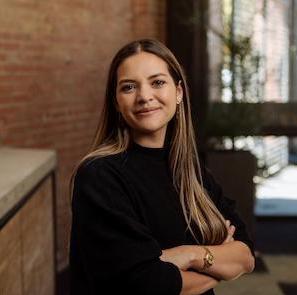 Barbara serves as a leader in the team designing the Laredo- Nuevo Laredo Binational Conservation Park, and for her, the power of architecture is expressed in its impact on the human experience. She believes that strategic and thoughtful design with the user’s experience as the priority can influence people’s decisions and connections to others and the environment. Learn more about Barbara.
Barbara serves as a leader in the team designing the Laredo- Nuevo Laredo Binational Conservation Park, and for her, the power of architecture is expressed in its impact on the human experience. She believes that strategic and thoughtful design with the user’s experience as the priority can influence people’s decisions and connections to others and the environment. Learn more about Barbara.
Moderator: Dr. John Tracy, Director, Colorado Water Center
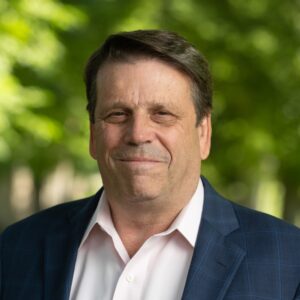 Dr. Tracy serves as Director of the Colorado Water Center and as professor in the department of Ecosystem Science and Sustainability at Colorado State University. Dr. Tracy has led research initiatives on understanding and developing sustainable water management practices in a wide range of hydro-climatological systems across the western United States. Learn more about Dr. Tracy.
Dr. Tracy serves as Director of the Colorado Water Center and as professor in the department of Ecosystem Science and Sustainability at Colorado State University. Dr. Tracy has led research initiatives on understanding and developing sustainable water management practices in a wide range of hydro-climatological systems across the western United States. Learn more about Dr. Tracy.
Contact Information
If you have any questions about this webinar, please reach out to Shoshanna Dean at shoshanna.dean@colostate.edu.
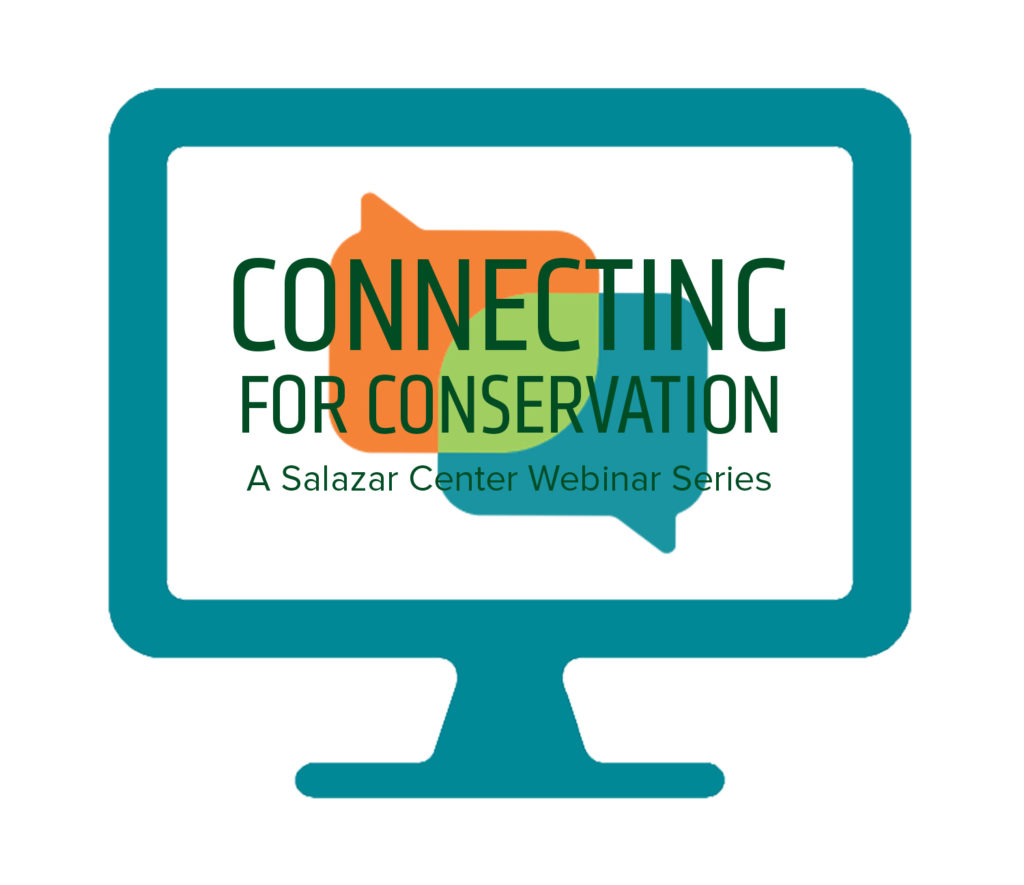
Key Themes
- Community-based conservation
- Connectivity
- Crossing boundaries
- Urban nature
